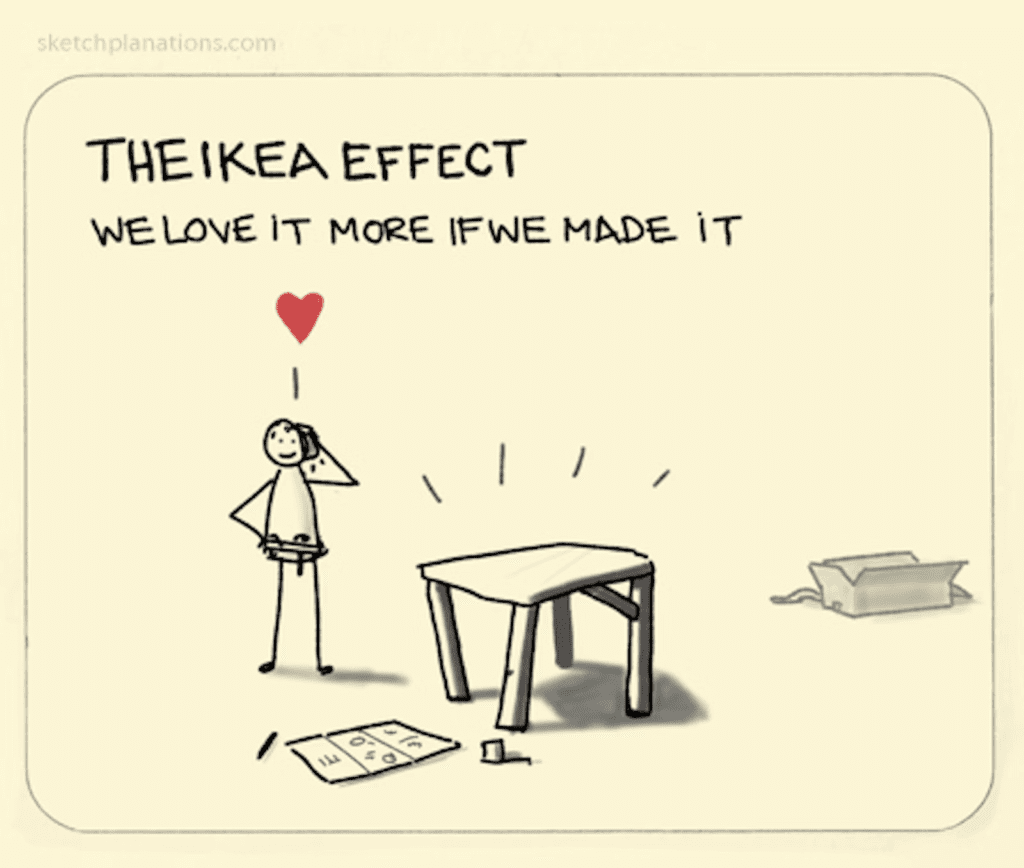blog, loyalty
The Psychology of Gifting: How to Leverage it for Increased Customer Loyalty

blog, loyalty

In a highly competitive marketplace, retaining customers is critical for business growth. One way to achieve customer retention is through gifting. Gifting can create an emotional bond with your customers, leading to increased loyalty and repeat purchases. In this blog post, we will explore the psychology of gifting and how you can leverage it to increase customer loyalty.
Gift-giving is a complex psychological process that involves both the giver and the receiver. When someone receives a gift, they experience a range of emotions, including surprise, gratitude, and happiness. These positive emotions create a psychological bond between the giver and receiver, which can lead to increased trust, loyalty, and connection.
According to a study by the University of Chicago, when people receive a gift, they feel more connected to the giver, even if they don’t know them very well.
Personalisation is key to creating an emotional connection with customers through gifting. According to a study by Epsilon, personalized emails have a 29% higher open rate and a 41% higher click-through rate than non-personalised emails. Personalised gifts can have a similar effect, creating a sense of exclusivity and making the customer feel valued and appreciated.
Personalisation is especially important in the gifting process. A generic gift may not have the same emotional impact as a personalised one. Personalisation shows that you care about the customer and have taken the time to understand their needs and preferences. This can create a sense of loyalty and trust, which can lead to repeat purchases and long-term customer relationships.
The Ikea concept is a well-known marketing strategy that emphasizes the idea of “co-creation.” This concept can be applied to gifting by encouraging customers to create their own gifts. The act of creating a gift yourself can create a deeper emotional connection to the gift, as well as to the brand.
Similarly, when customers are encouraged to create their own gifts, they become more emotionally invested in the gift, making it more meaningful and memorable. This emotional connection can lead to increased loyalty and repeat purchases.

Image source: https://sketchplanations.com/the-ikea-effect
Several brands have successfully implemented gifting strategies to increase customer loyalty. One such example is Sephora’s Beauty Insider loyalty program, which offers members a free birthday gift each year. The gift is personalized based on the member’s purchase history and preferences, creating a sense of exclusivity and personalization that strengthens the emotional connection between the brand and the customer.
Another example is Starbucks’ Rewards program, which offers members free drinks and food items based on their purchase history. The program also offers personalized rewards and surprise gifts, creating a sense of excitement and anticipation that keeps customers engaged and loyal.
Loyalty Expert, Charlie Hills when interviewed by Stampix, gave her ultimate not-to-do when it comes to gifts in a Loyalty program:

I think it's about finding what's unique to you (brand) and then making sure that your loyalty program delivers that. Whatever you do, just don't go to some off-the-shelf program and white-label it. And I think the worst thing that a program can do is to dress up market available offers in rewards.
While gifting can be a powerful tool for increasing customer loyalty, it’s important to measure the effectiveness of your gifting program to ensure that you’re maximizing the ROI. One way to do this is to target the right customers. By analysing customer data, you can identify the most loyal and high-value customers and tailor your gifting program to them. This not only increases the effectiveness of the gifting program but also ensures that you’re not wasting resources on customers who are unlikely to become loyal.
Another way to maximize the ROI of your gifting program is to set clear goals and metrics for success. This could include metrics such as increased customer lifetime value, higher retention rates, or increased customer referrals. By measuring the impact of your gifting program on these metrics, you can determine whether the program is achieving its intended goals and make adjustments as necessary.
In addition, it’s important to ensure that the cost of the gift does not outweigh the benefits. While personalized and thoughtful gifts can create a powerful emotional connection with customers, it’s important to balance the cost of the gift with the potential benefits. By setting a budget for your gifting program and regularly reviewing the ROI, you can ensure that your program is sustainable and effective in the long run.
In conclusion, gifting can be a powerful tool for building emotional connections with your customers and increasing their loyalty. By leveraging the psychology of gifting and personalization, you can create a memorable and meaningful experience for your customers that will keep them coming back.
As the digital age continues to change the way we do business, it’s important to adapt and find new ways to create a personalized gifting experience that stands out. By targeting the right customers and measuring the effectiveness of your gifting program, you can maximize the ROI and create long-term customer relationships that drive business growth. So don’t underestimate the power of gifting – it could be the key to unlocking your customer’s loyalty and creating a lasting impact on your business.





